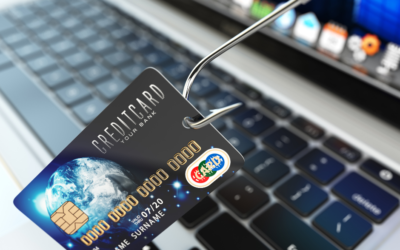Proactive Email Security: Understanding DMARC,
DKIM, and SPF
In our digital landscape, ensuring that your emails not only remain secure but also reliably reach their intended destinations is a common challenge. Each day, millions of emails are exchanged, many containing crucial business communications or sensitive information. However, the success of these exchanges often hinges on the deliverability of these emails—a crucial aspect heavily influenced by protocols such as DMARC, DKIM, and SPF.
By implementing these powerful email authentication standards, organizations can dramatically improve the likelihood that their emails bypass spam filters and reach their recipients as intended. Let’s get into how DMARC, DKIM, and SPF work, and why they are essential for both security and deliverability.
Decoding DMARC (Domain-based Message Authentication, Reporting, and Conformance)
What is DMARC?
DMARC stands for Domain-based Message Authentication, Reporting, and Conformance. It builds upon SPF and DKIM protocols, providing additional features like reporting and policy enforcement options that help domain owners prevent email spoofing.
How DMARC uses SPF and DKIM
DMARC enhances the security provided by SPF and DKIM. It allows domain owners to instruct how recipients should treat emails that fail these checks, reducing abuse.
How DMARC uses SPF and DKIM
DMARC helps set rules that define how to handle emails that do not pass SPF or DKIM checks. It also provides feedback, helping senders improve security settings.
Benefits of Implementing DMARC
DMARC builds on SPF and DKIM, adding a crucial layer of security. It reduces the risk of email fraud, improving your reputation and trust with email providers and recipients.
Using DMARC, DKIM, and SPF is vital for protecting email communications. These tools significantly enhance cybersecurity and safeguard sensitive information.
Exploring DKIM (DomainKeys Identified Mail)
What is DKIM?
DomainKeys Identified Mail (DKIM) helps detect email spoofing by allowing the sender to attach a digital signature to emails. This signature is verified against a public key in the sender’s DNS records.
How does DKIM ensure email authenticity?
When sending an email, the system attaches a signature based on the email’s content. The recipient’s server then uses a public key to verify this signature. If it checks out, the email is verified.
Benefits of using DKIM
DKIM prevents email forgery and enhances security, making it harder for attackers to misuse your domain.
Understanding SPF (Sender Policy Framework)
What is SPF?
Sender Policy Framework (SPF) allows domain owners to state which mail servers can send emails on their behalf. This setup is through SPF records in the domain’s DNS. When receiving an email, the recipient’s server checks this record to confirm the sender’s legitimacy.
How does SPF work?
To implement SPF, a domain owner lists all authorized IP addresses in a DNS TXT record. The recipient server checks this list when an email arrives. If the sender’s IP is on the list, the email passes; if not, it might be rejected..
Benefits of using SPF
Implementing SPF helps reduce the chances of spoofing and phishing by making it harder for attackers to send emails from your domain without authorization. It enhances your email’s trustworthiness and can improve delivery rates by reducing the likelihood of being marked as spam.
FAQs
What’s the difference between SPF and DKIM?
SPF checks sender’s IP addresses, while DKIM verifies emails’ integrity.
Is DMARC sufficient for full email security?
It’s best to use DMARC with other security measures for comprehensive protection.
How often should I update my SPF, DKIM, and DMARC records?
Update whenever there are changes to your email servers or security needs.
What happens if an email fails a DMARC check?
Emails may be rejected, quarantined, or flagged, depending on your DMARC policy.
Should small businesses implement these protocols?
Yes, businesses of all sizes benefit from these email authentication methods.
Explore Further:
For an in-depth exploration of DMARC and its role in bolstering your email security, dive into our comprehensive DMARC White Paper. This resource provides invaluable insights and practical guidance to enhance your understanding of DMARC and strengthen your organization’s defenses against phishing attacks.
Enhancing email security with DMARC, DKIM, and SPF is crucial for protecting your organization from cyber threats. Contact RCG today to learn more about how we can help safeguard your email communications and ensure a proactive approach to cybersecurity.



